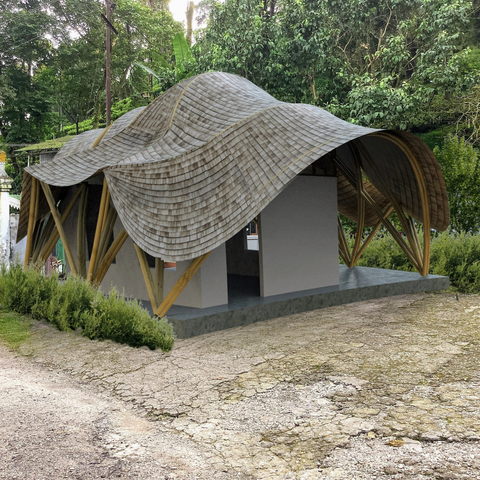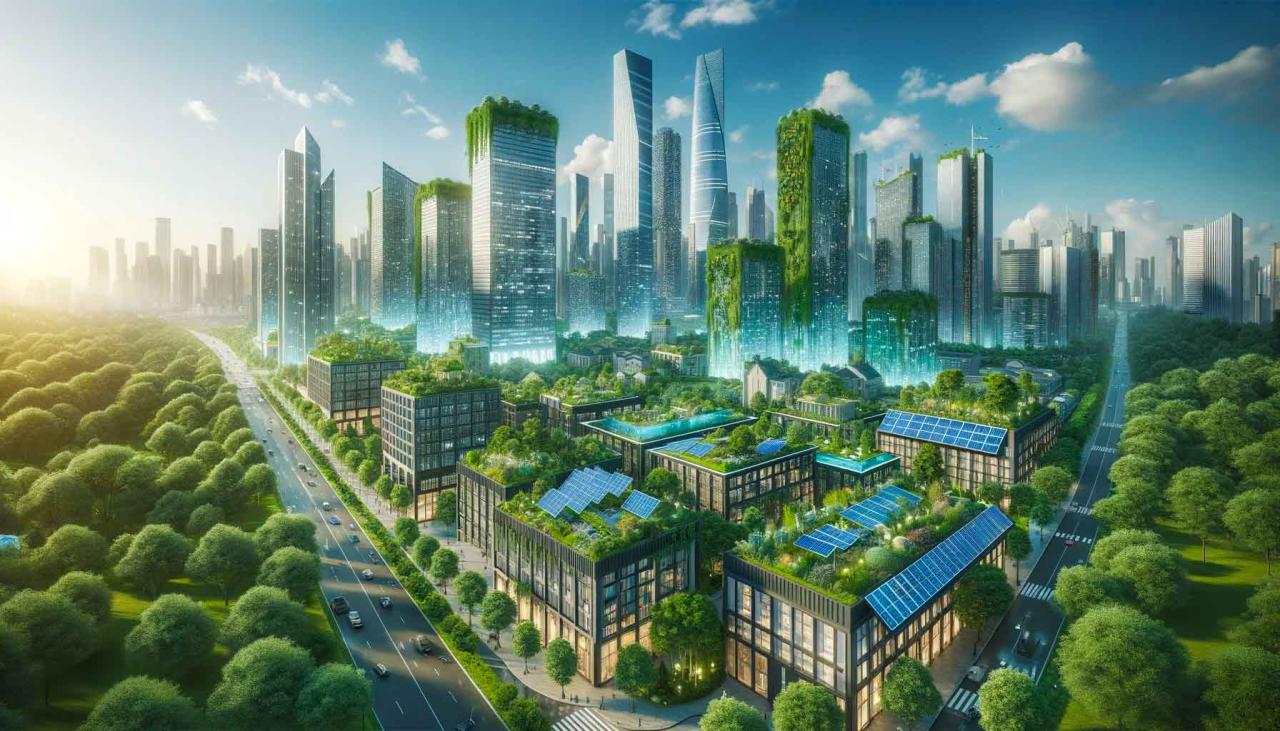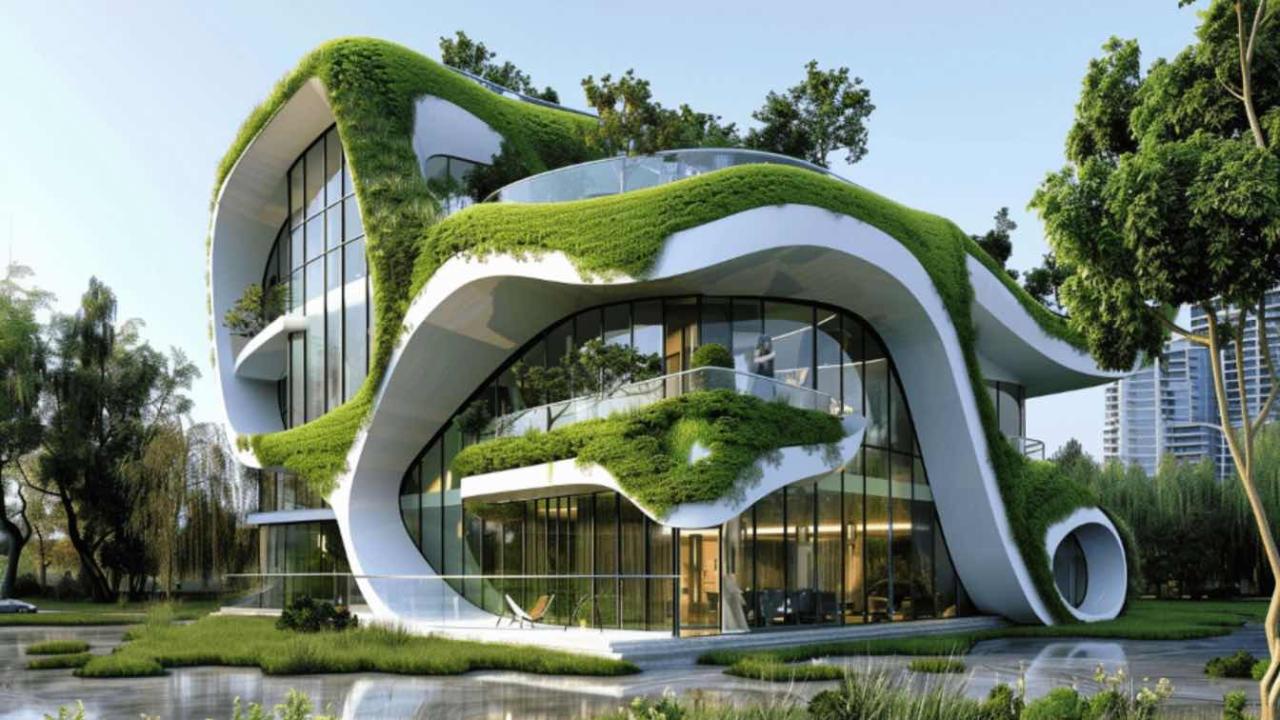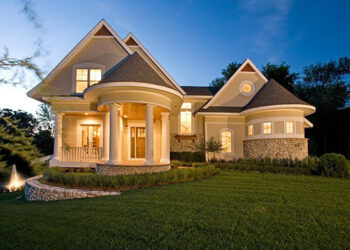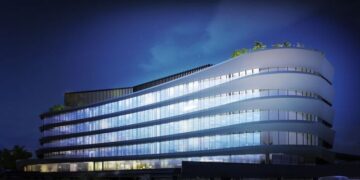As we step deeper into the decade, green architecture continues to dominate the landscape of construction and design. The emphasis on sustainability, energy efficiency, and eco-conscious living has never been stronger. Architects, builders, developers, and governments are aligning more than ever to embrace the environmental movement that is reshaping how we live and interact with our built environment.
This article explores the top green building trends revolutionizing architecture in 2025, how they’re being implemented across the globe, and what they mean for the future of our planet.
Green architecture refers to designing buildings that reduce environmental impact through energy efficiency, sustainable material use, and responsible resource management. It is not just a trend; it’s an essential approach to solving modern environmental challenges.
Why Green Building Matters More Than Ever
Climate change, urban population growth, and resource depletion are some of the most pressing global challenges. Buildings consume nearly 40% of global energy, contribute to 33% of CO2 emissions, and use 25% of the world’s fresh water. This makes the construction industry a critical player in the movement toward sustainability.
Top Green Building Trends in 2025
Below are the most influential green architecture trends shaping the industry in 2025:
A. Net-Zero Energy Buildings (NZEB)
Net-zero energy buildings are designed to produce as much energy as they consume over a year, using renewable sources like solar and wind.
Key Components:
Advanced insulation materials
Energy-efficient HVAC systems
Smart energy monitoring
Solar panels and geothermal heating
NZEBs are becoming more common in residential, commercial, and even public infrastructure, especially in developed economies.
B. Biophilic Design Integration
Biophilic design emphasizes the connection between people and nature, integrating natural elements into the architecture to improve health, productivity, and well-being.
Common Features Include:
Living walls and vertical gardens
Indoor plants and green roofs
Natural lighting and ventilation
Water features inside buildings
This trend is gaining momentum in corporate offices, schools, hospitals, and residential spaces.
C. Recycled and Renewable Materials
Builders are turning to sustainable construction materials that reduce carbon footprints and conserve natural resources.
Popular Materials:
Recycled steel and wood
Bamboo and cork flooring
Hempcrete and mycelium bricks
Low-VOC paints and adhesives
The goal is to reduce waste and increase the use of locally sourced, non-toxic materials in construction.
D. Smart Green Technology
Modern green buildings are powered by smart technology that manages energy, water, lighting, and air quality in real time.
Notable Applications:
IoT-based energy management systems
Motion-sensor LED lighting
Smart thermostats and ventilation controls
AI-assisted building performance analysis
These systems optimize building operations, reduce energy waste, and enhance user comfort.
E. Passive Solar Design
Passive design uses the sun’s natural movement to heat, cool, and light buildings without active mechanical systems.
Design Principles:
South-facing windows for solar gain
Thermal mass to store heat
Roof overhangs for shading
Proper insulation and window placement
This concept is essential in minimizing energy use while maximizing indoor comfort.
F. Water Conservation and Harvesting
Water efficiency is a core aspect of green buildings, especially in regions experiencing water scarcity.
Common Systems:
Greywater recycling for irrigation
Rainwater harvesting systems
Low-flow toilets and faucets
Smart irrigation controllers
Water-sensitive urban design is becoming standard in sustainable city planning.
G. Modular and Prefabricated Construction
Modular construction reduces construction time, minimizes waste, and often uses eco-friendly materials.
Advantages Include:
Controlled factory environments
Less on-site pollution
Reusable building components
Scalable and cost-efficient processes
This method is ideal for both temporary structures and permanent buildings like homes and schools.
H. Urban Green Spaces and Eco-Cities
Sustainable architecture isn’t limited to individual buildings—entire cities are being designed with green principles.
Key Features:
Green belts and parks
Eco-friendly public transportation
Mixed-use zoning for reduced car dependency
Walkable and bikeable urban areas
Eco-cities such as Masdar City (UAE), Songdo (South Korea), and Forest City (Malaysia) are pioneering this transformation.
The Rise of Green Certifications
As the demand for sustainable buildings grows, so does the need for reliable green building certifications.
Most Recognized Certifications:
A. LEED (Leadership in Energy and Environmental Design)
B. BREEAM (Building Research Establishment Environmental Assessment Method)
C. WELL Building Standard
D. Green Star (Australia)
E. Living Building Challenge
These certifications help ensure transparency, performance, and environmental accountability in design and construction.
Government Policies and Incentives
Governments across the globe are incentivizing green building practices by offering:
Tax rebates for energy-efficient upgrades
Grants and subsidies for renewable installations
Mandatory green codes in building regulations
Incentives for green certifications
Countries like Germany, Sweden, Singapore, and Canada are leading the way with strict green building policies.
Challenges in Green Architecture
Despite the benefits, green building still faces several challenges:
A. High Initial Costs
Though long-term savings exist, eco-friendly systems can have higher upfront investment.
B. Lack of Awareness
Some developers and consumers still prioritize aesthetics and cost over sustainability.
C. Skilled Labor Shortage
There’s a growing need for professionals trained in green design and technologies.
D. Complex Regulations
Navigating different green codes and certifications can be time-consuming and complicated.
Benefits of Green Buildings
Green buildings offer a wide range of benefits for individuals, communities, and the environment.
For Building Owners:
Lower energy and water bills
Increased property value
Enhanced marketability and brand image
For Occupants:
Better indoor air quality
Healthier living and working environments
Improved mental and physical well-being
For the Planet:
Reduced greenhouse gas emissions
Preservation of natural resources
Mitigation of urban heat islands
The Future of Green Architecture
In the coming years, green architecture is set to evolve even further with innovations like:
A. Carbon-positive buildings that absorb more CO2 than they emit
B. Self-sustaining vertical cities that grow their own food
C. Circular economy design principles applied to urban planning
D. 3D-printed eco-homes made from recyclable materials
E. Green retrofitting of old buildings for energy efficiency
As technologies advance and societal priorities shift, sustainable architecture will move from being a niche to becoming the norm.
Conclusion
Green architecture is no longer just a concept—it is the cornerstone of modern, responsible, and forward-thinking design. As we move through 2025, the focus on sustainability will continue to influence how we shape our cities and homes. With innovation, policy support, and public awareness, the dream of a carbon-neutral, eco-friendly built environment is not just possible—it’s already happening.

